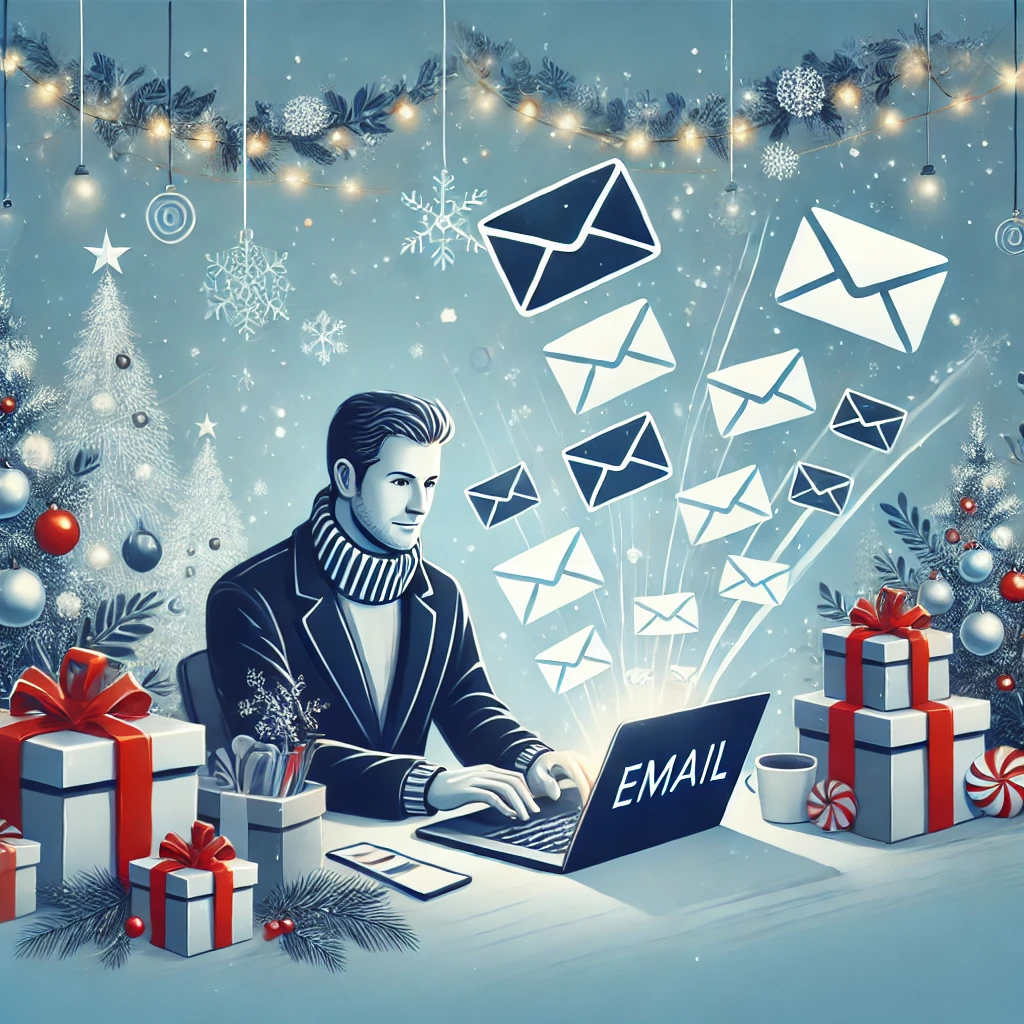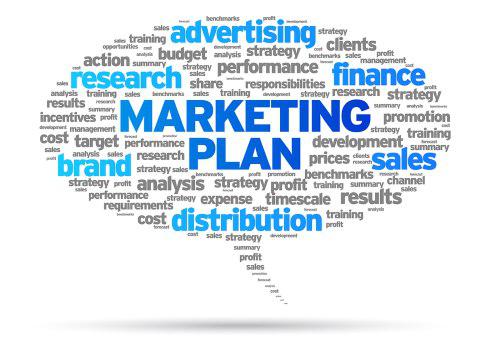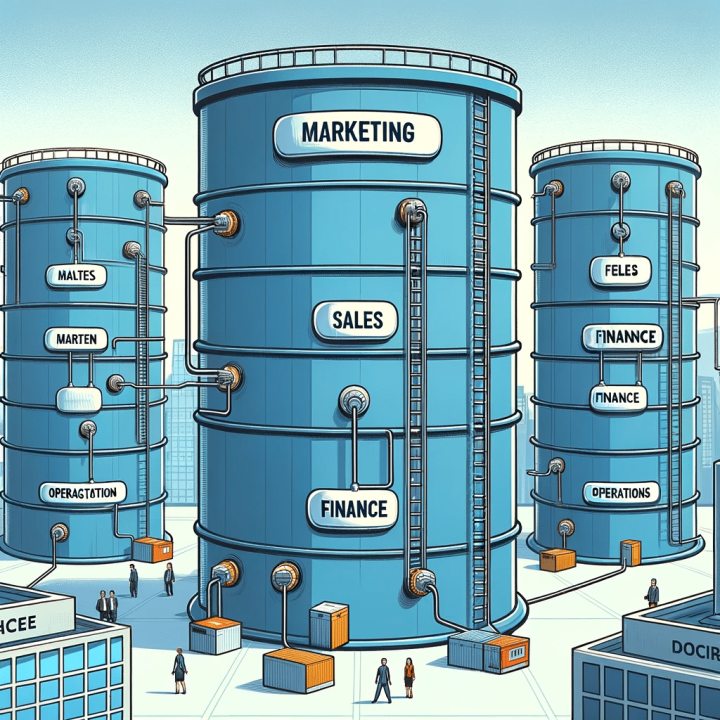The Holiday season offers businesses a unique opportunity to connect with their audience through email marketing. However, for B2B (business-to-business) companies, the holiday season can present specific challenges that require strategic solutions. From crowded inboxes to shifting priorities, the Christmas period demands a thoughtful approach to email marketing. Here, we outline the key challenges B2B companies face and provide actionable solutions to ensure effective email marketing campaigns during this busy season.
1. High Competition for Attention
Challenge:
During the Christmas season, both B2B and B2C (business-to-consumer) companies ramp up their email marketing efforts. This results in inboxes being flooded with holiday promotions, offers, and newsletters. For B2B companies, standing out amid this saturation is a significant challenge.
Solution:
To break through the noise, B2B companies must tailor their messaging and focus on delivering value. Consider the following strategies:
- Personalization: Leverage your database to send targeted, relevant emails based on customer behavior or past interactions. Personalization fosters a sense of connection and increases the likelihood of engagement.
- Segment Your Audience: Different customer segments may have different needs during the holidays. For example, some may be looking for year-end reports, while others may need special offers or extended service hours. Use segmentation to cater to these specific needs, ensuring each email resonates with the recipient.
- Clear and Compelling Subject Lines: The subject line is the first thing recipients see, so make sure it stands out. Be concise, relevant, and enticing, but avoid being overly sales-focused. Aim for a balance between urgency and value.
2. Shifting Priorities and Busy Schedules
Challenge:
Many B2B decision-makers take extended time off during the holiday season, and others are preoccupied with closing out the year’s business activities. This makes it difficult to get their attention with email marketing campaigns.
Solution:
Timing is everything. Consider these tactics to address the busy schedules of your audience:
- Send Emails Early in the Season: Start your campaign well before the holiday rush. Early December emails will have less competition and more chances of being noticed. Sending at the beginning of the month also gives businesses time to process offers or proposals.
- Time-Sensitive Content: Even if the holiday season feels like a slower time for many, this is also the perfect opportunity to provide value-driven content that can support year-end objectives. Offering resources, insights, or year-end deals can encourage recipients to take action even before they leave for the holidays.
- Use Automated Email Sequences: Set up automated campaigns to reach your audience at specific touchpoints. Drip campaigns or triggered emails allow you to stay on top of mind without requiring constant manual effort.
3. Deliverability and Spam Filters
Challenge:
Increased email volume during the holiday season can result in more emails being caught in spam filters, especially if your email includes certain trigger words (like “free,” “limited-time offer,” or “urgent”). Low deliverability rates can severely impact the effectiveness of your campaigns.
Solution:
To ensure your emails land in the inbox and not the spam folder, follow these best practices:
- Test Your Emails: Use tools to test your emails before sending them to see if they’re likely to end up in spam filters. These tools assess your subject lines, content, and overall structure to give you feedback.
- Ensure a Clean Email List: Regularly clean and update your database to ensure the email addresses you are sending to are active and valid. High bounce rates can hurt your sender reputation and increase the chances of being flagged as spam.
- Use a Recognizable Sender Name: To build trust and improve deliverability, use a recognizable and consistent sender name. Emails from a person (rather than a generic “no-reply” address) tend to have higher engagement.
4. Lack of Engagement with Holiday-Themed Content
Challenge:
While holiday-themed content can be engaging for B2C campaigns, B2B companies may struggle to tie in festive elements without feeling forced. Overly promotional or irrelevant content can cause recipients to disengage.
Solution:
Balance holiday cheer with professional relevance:
- Seasonal Messaging with a Business Focus: Craft emails that acknowledge the season but remain aligned with your business objectives. For example, share a “holiday wish” message alongside a helpful business tip for the new year. This approach is both festive and valuable.
- Focus on Gratitude and Relationships: The holiday season is an ideal time to show appreciation for your business relationships. Sending thank-you emails, acknowledging successful collaborations, and offering gratitude for continued partnerships can go a long way in strengthening relationships.
- Leverage Storytelling: Share a seasonal story or a behind-the-scenes look at how your business is preparing for the holidays. This humanizes your brand and connects with your audience on a more personal level.
5. Decreased Budgets and Financial Concerns
Challenge:
As the end of the year approaches, many businesses are focused on budget cuts, which could lead to fewer resources available for new purchases. This can make it challenging for B2B companies to close deals during the holiday season.
Solution:
To address budget concerns and maintain relevance:
- Offer Exclusive Holiday Discounts: Providing special pricing, discounts, or flexible payment terms during the holiday season can make your offer more attractive. However, make sure to highlight the long-term value your solution offers.
- Position Your Offer as a Year-End Opportunity: Frame your offering as an opportunity to close out the year on a high note or set the stage for a successful new year. Position your solutions as investments that will help your client thrive in the upcoming year.
- Provide Valuable Content: Offer free webinars, white papers, or downloadable reports that help your audience plan for the next year. This kind of thought leadership builds trust and positions your company as a resource they can turn to in the future.
6. Managing Post-Holiday Follow-Ups
Challenge:
After the holiday season, many decision-makers are inundated with a backlog of emails, making it easy for your post-holiday follow-ups to get lost in the shuffle.
Solution:
Ensure that your follow-up strategy is thoughtful and well-timed:
- Strategic Timing: Wait until mid-January to re-engage, as many decision-makers will have returned to work and cleared their inboxes by then. Be patient with your follow-ups to avoid seeming too pushy.
- Re-engagement Campaigns: Craft emails that reintroduce your business and highlight any relevant offers or new content that has been released in the new year. Use a friendly, light tone to ease recipients back into business after the holiday break.
Conclusion: Achieving Success with Strategic Email Marketing
Email marketing during the Christmas season can be a powerful tool for B2B companies, but it requires careful planning and execution. By addressing common challenges such as email saturation, shifting priorities, and low engagement, businesses can create meaningful connections that resonate throughout the season and into the new year. With the right strategies in place, B2B companies can not only survive the holiday rush but thrive during this festive time.
By focusing on personalization, segmentation, and thoughtful timing, your email marketing campaigns can create a positive and lasting impact, strengthening relationships and setting the stage for continued business success.





